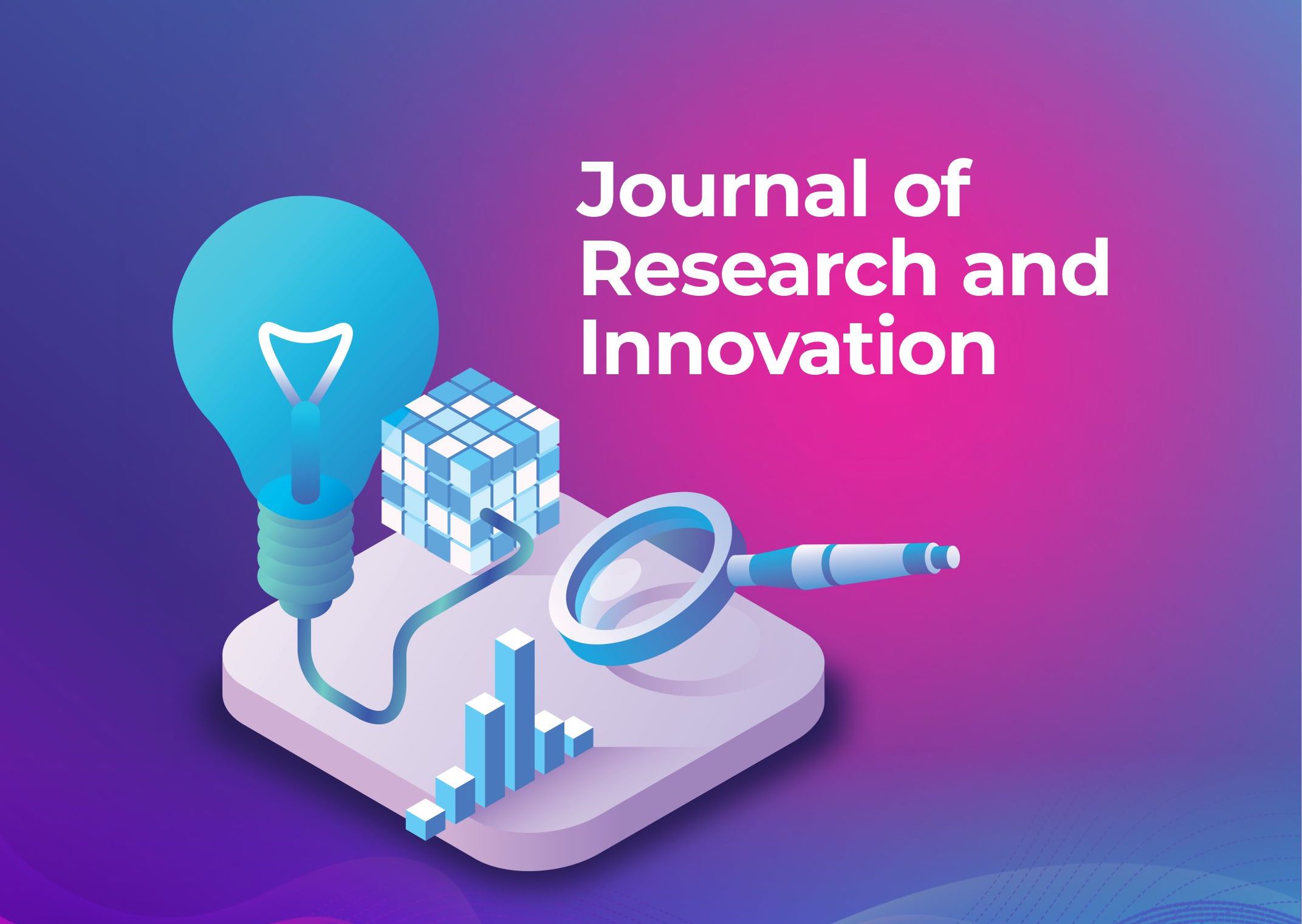Elementary School Development Model: A Case Study
(1) Universitas Negeri Makassar
(2) Universitas Negeri Makassar
(*) Corresponding Author
DOI: https://doi.org/10.59562/jorein.v1i1.43768
Abstract
Abstract
The purpose of this research is to 1) find out internal factors (strengths and weaknesses) and external factors (opportunities and threats) in improving the quality of SD Kemala Bhayangkari 01 Panaikang school. 2) To find out the model that needs to be done to improve the quality of SD Kemala Bhayangkari 01 Panaikang school based on SWOT analysis. The research approach used is qualitative and quantitative with the SWOT analysis method. Data collection techniques used are observation, interviews, questionnaires, and documentation. Data collection techniques used were descriptive analysis, SWOT matrix analysis, and IFE (internal factor evaluation) and EFE (external factor evaluation) matrix analysis. The results of the SWOT analysis for Kemala Bhayangkari Elementary School are in quadrant 1 where the IFE and EFE scores are (2.76 and 2.9). Which position supports the model in school development. Based on the results of the study, it can be concluded that the models used to improve the quality of SD Kemala Bhayangkari 01 Panaikang schools are the Reform school model and the Branding School model.
Full Text:
PDFReferences
Ahmadi, A. (2013). Psychology of learning. Jakarta: Rineka Cipta.
Al Fuad, Z., &; Zuraini. (2016). Factors Influencing Learning Interest of Grade I Students of SDN 7 Kute Panang. Journal of Tunas Bangsa, 3(2), 42-54.
Astuti, M. (2020). Analysis of Factors Affecting Student Learning Activity in Thematic Learning in Class IV A SDIT Al-Qur'aniyyah (Bachelor's thesis, Jakarta: FITK UIN Syarif Hidayatullah Jakarta).
Baharuddin, and Esa N. W. (2015). Theory of learning and learning. Yogyakarta: Ar-Ruzz Media.
Charli, L., Ariani, T., &; Asmara, L. (2019). The relationship of interest in learning to achievement in learning physics. SPEJ (Science and Physics Education Journal), 2(2), 52-60.
Judge, T. (2005). Learn effectively. Self-Help Commerce.
Kurniawan, M. R., &; Rithaudin, A. (2018). Student responses to physical education learning with a scientific approach at Mts N 5 Sleman. Health and Recreation Physical Education, 7(5).
Lestari, I. (2015). The Effect of Study Time and Learning Interest on Mathematics Learning Outcomes. Formative: Scientific Education, MIPA, 3(2).
Manungki, I., &; Manahung, M. R. (2020). Outdoor Learning Method and Learning Interest. Educator (Directory of Elementary Education Journal), 1(2), 78-1.
Maradona, M. (2016). Factors Affecting the Learning Activity of Grade IV B ELEMENTARY School Students. Basic Education, 5(17), 1-619.
Nuraini, S., &; Tanzimah, T. (2022). Inhibiting Factors for Learning Beginning Reading in Grade II Students at SD Negeri 91 Palembang. Journal of Education and Counseling, 4(3), 1540-1545.
Nurhartina, A., &; Torobi, I. (2021). The Effect of the Implementation of Outdoor Learning Methods in Social Studies Learning on the Learning Motivation of PGRI Serui Elementary School Students. Jurnal Papeda: Journal of Basic Education Publications, 3(1), 1-7.
Pamungkas, A.D., Kristin, F., &; Anugraheni, I. (2018). Reminding student activeness and learning outcomes through the Problem Based Learning (PBL) learning model for grade 4 elementary school students. Naturalistic: Journal of Education and Learning Research Studies, 3(1), 287-293.
Pratiwi, N. K. (2017). The Influence of Education Level, Parental Attention and Student Learning Interest on Learning Achievement Indonesian Health Vocational School Students in Tangerang City. Poet, 1(2), 31.
Sanjaya, W. (2013). Standards-oriented learning strategies of the educational process. Jakarta: Kencana Prenada Media Group.
Setyorini, D. (2020). Efforts to increase students' interest in learning Civics through learning approaches outside the classroom. Edutainment: Journal of Educational and Educational Sciences, 8(1), 82-91.
Sudirman. (2011). Interaction and Motivation for Teaching and Learning. Jakarta: Rajawali.
Suryabrata, S. (2007). Educational Psychology. Jakarta: PT Raja Grafindo Persada
Waryanti, A. (2019). The Effect of Outdoor Learning Learning Methods on Improving Social Science Learning Outcomes (Research on Grade 3 Students of SDN Geger, Tegalrejo District, Magelang Regency) (Doctoral Dissertation, Thesis, University of Muhammadiyah Magelang).
Waryanti, A. (2019). The Effect of Outdoor Learning Learning Methods on Improving Social Science Learning Outcomes (Research on Grade 3 Students of SDN Geger, Tegalrejo District, Magelang Regency) (Doctoral Dissertation, Thesis, University of Muhammadiyah Magelang).
Zurainah, S., Sabri, T., &; Maridjo, A. H. (2013) Increasing student learning activity in science learning through the group work method of Mis Al-Mujahidin. Journal of Equatorial Education and Learning, 3(3).
Article Metrics
Abstract view : 193 times | PDF view : 17 timesRefbacks
- There are currently no refbacks.
Published by:
Center of Research and Innovation Strengthen LP2M UNM
 Email: [email protected]
Email: [email protected]
Indexed by:
Address: LP2M Universitas Negeri Makassar Office, Menara Building 10th Floor, UNM Gunung Sari Campus, Pettarani Street, Makassar, South Sulawesi, Indonesia
TJournal of Reserach and Innovation (Jorein) is licensed under a Creative Commons Attribution-NonCommercial 4.0 International License




